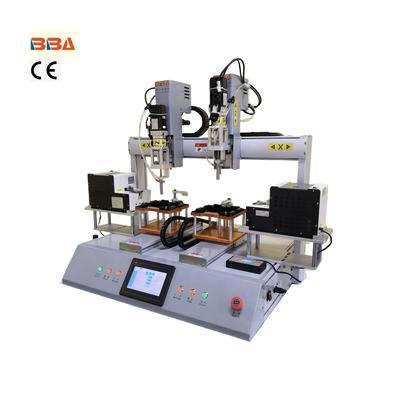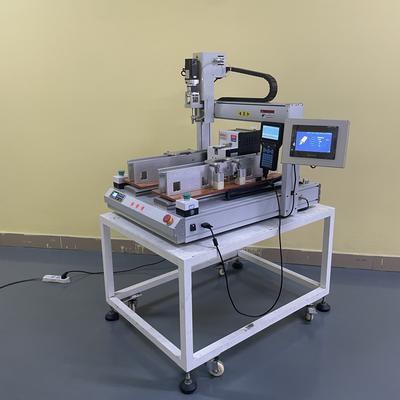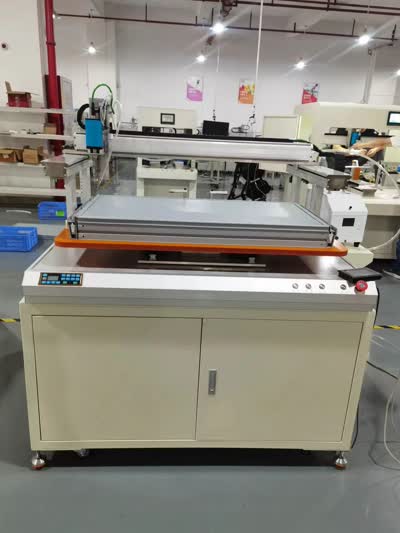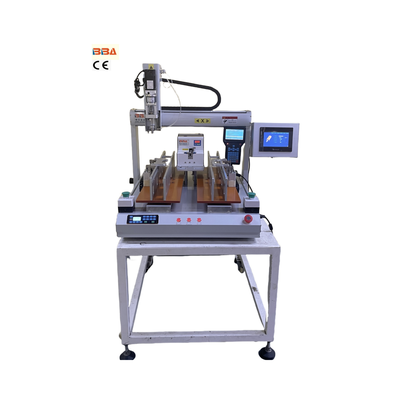Industrial Safety Sensors & Error Prevention in Automated Screw Tightening
| Product Name | Applicable industries |
| Inline Screw Locking System | Laptop and Tablet Assembly |
In the fast-paced world of industrial automation, precision and safety are non-negotiable. One critical component that ensures smooth and accident-free operations is the integration of safety sensors and error prevention mechanisms in screw tighteners. These technologies play a pivotal role in reducing workplace hazards while enhancing efficiency and product quality.
Screw tightening is a fundamental process in assembly lines, but manual or poorly monitored operations can lead to accidents, damaged components, or inconsistent results. Safety sensors are designed to mitigate these risks by detecting anomalies such as over-tightening, misalignment, or incorrect screw placement. These sensors act as a safeguard, immediately halting the process if an irregularity is detected, preventing damage to both equipment and products.
Error prevention in screw tighteners involves advanced features like torque control, angle monitoring, and real-time feedback systems. For instance, torque sensors ensure each screw is tightened to the precise specification required, eliminating the risk of loose or overtightened fasteners. Meanwhile, angle sensors verify that screws are driven correctly, preventing cross-threading or stripping. These smart systems reduce human error and minimize production delays caused by rework.
Another key aspect is the use of vision-based sensors, which can identify incorrect screw types or missing screws before the tightening process begins. By integrating such sensors into automated screwdrivers, manufacturers can significantly reduce defects and improve overall product reliability. Furthermore, data logging capabilities allow for performance analysis, enabling continuous optimization of the tightening process.
Beyond improving quality, these safety and error-prevention technologies contribute to workplace safety. Operators are protected from injuries caused by malfunctioning equipment, while consistent and reliable automation reduces fatigue-related mistakes. In highly regulated industries, such as automotive or aerospace, these systems also ensure compliance with strict safety and quality standards.
The future of screw tightening in industrial automation lies in smarter, more adaptive systems. Innovations like AI-driven predictive maintenance and IoT-enabled sensors will further enhance safety and efficiency. By investing in advanced safety sensors and error prevention, manufacturers can achieve higher productivity, lower costs, and, most importantly, a safer working environment.
As industries continue to embrace automation, the role of intelligent screw tighteners with built-in safety features will only grow. Prioritizing these technologies today ensures sustainable and risk-free production for years to come.



